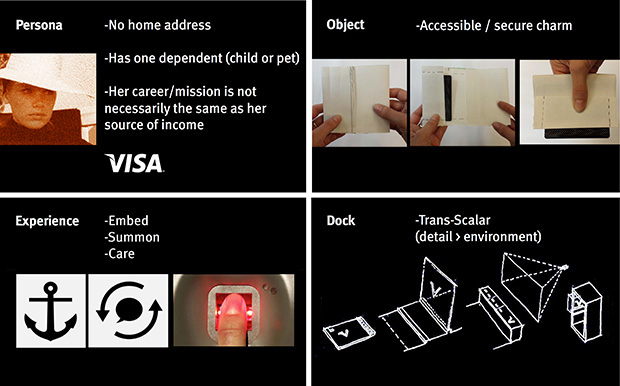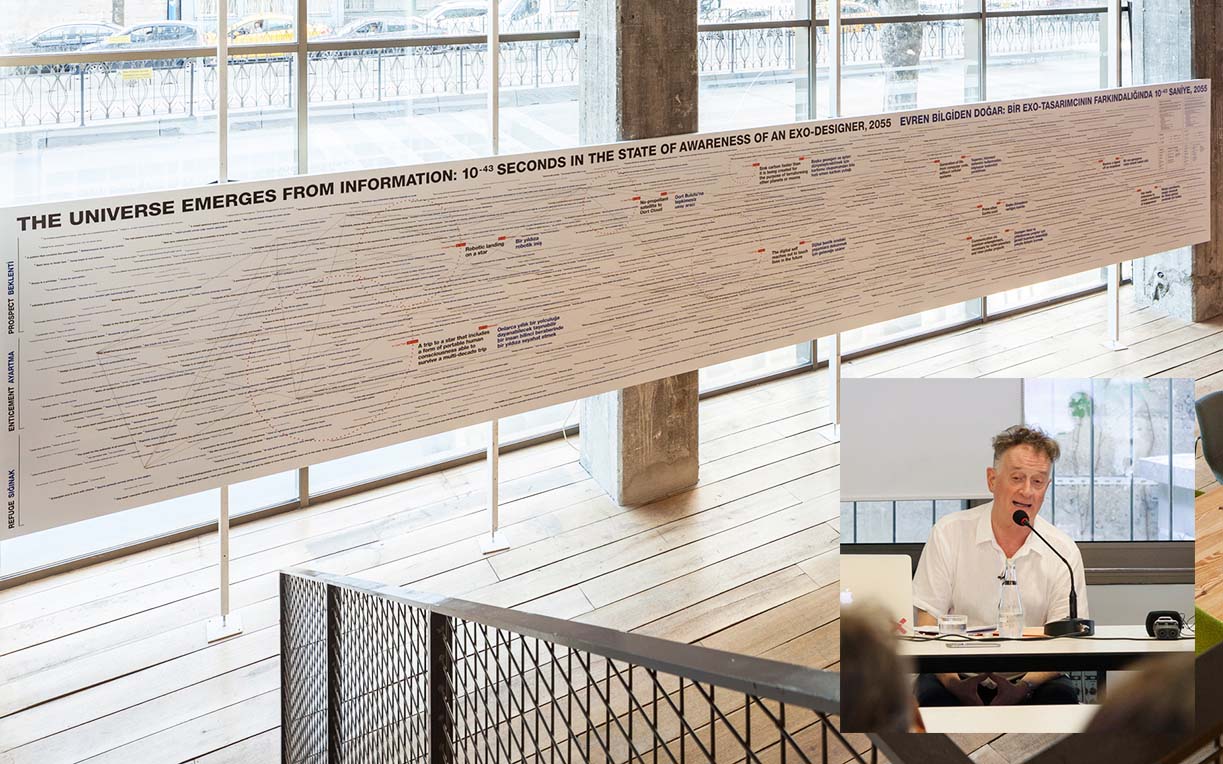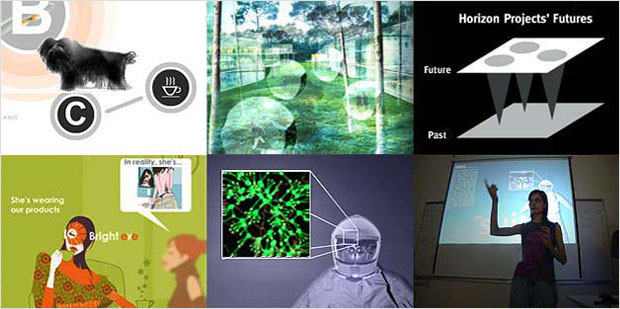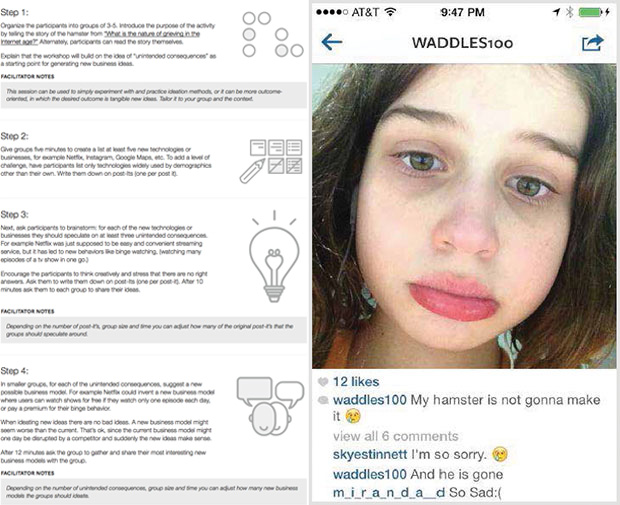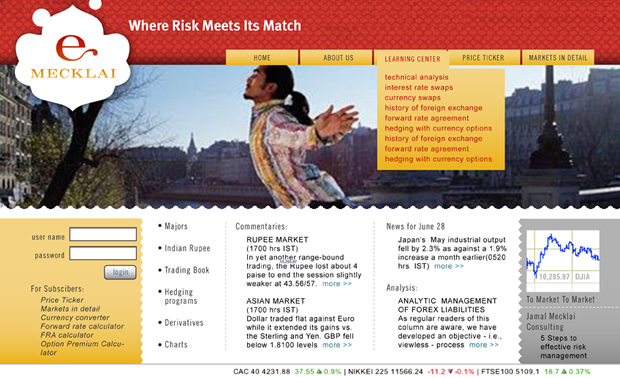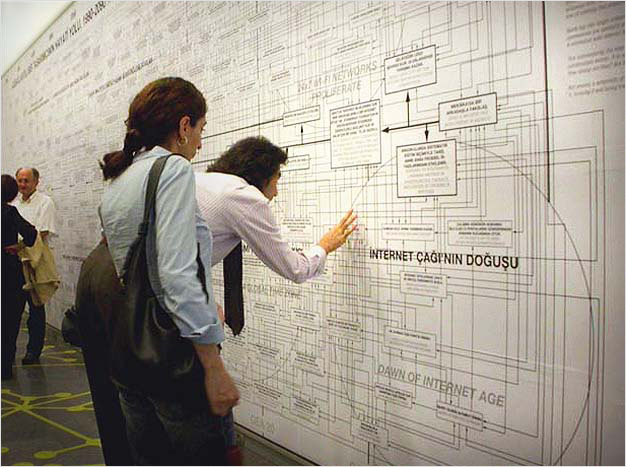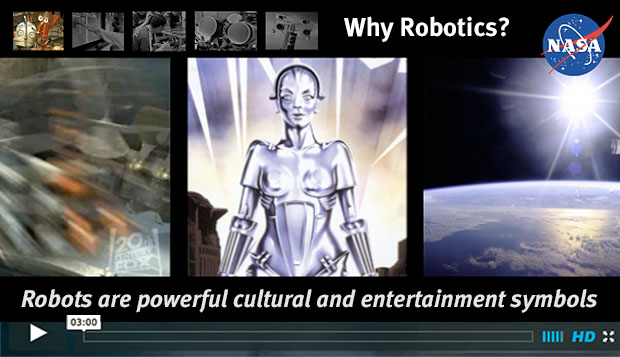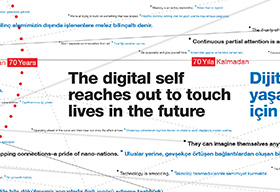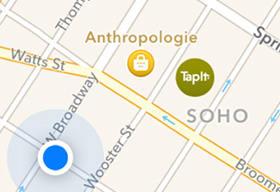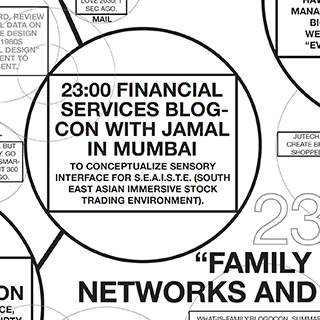As the credit card disappears and is replaced by less tangible forms of financial transactions, Visa asked Media A to help envision the attitudes, manners, rhythms and preferences of the 2020’s.
A persona was generated outside of commonly accepted demographic norms to suggest the emergent, nuanced and highly customized manners of living and transacting made possible by a radical increase in choice, a rejection of traditional career and domestic moinikers, and a change in the relationship with brands from authoritative to dialogic.
(With Lawerence Blough, April Mises and Sea Zeda. Image: Svensk Filmindustri)


